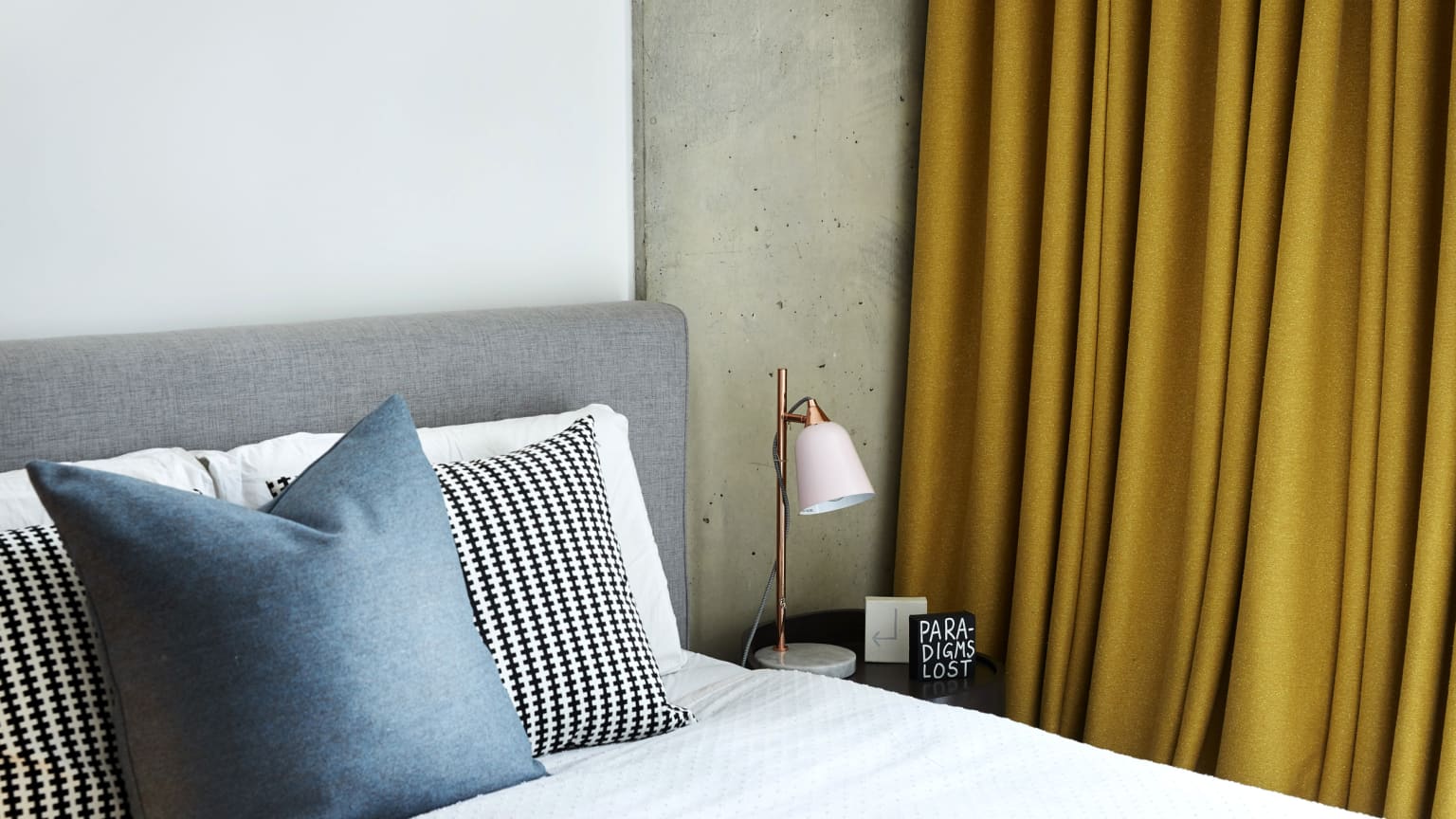
The Ultimate Guide to Colour
When it comes to the feel of a home, colour is key. Different tones, textures and shades all have their own power. They can spark wonderful emotional responses, inspire valued memories and create unique sensations that affect the way we feel, see and act. That’s why it’s so important to find inspiration wherever you can. It might come from anything, anywhere and at any time: from nature, travel, food, fashion, art, film… the list is endless!
The Stitched Guide to Colour is here to inspire you and help pick out the perfect shade for your home.
Finding your perfect colour palette
Here are three things to keep in mind:
Light. Colours take on a completely different look depending on the amount of natural light falling on them. For example, warmer colours tend to work better in north-facing rooms with a pale morning light, while cooler colours suit south-facing rooms with a more golden light.
View. The feel of a room doesn’t stop at the window pane: it keeps going as far as the eye can see. That’s why you want to choose colours that bridge the gap between the room itself and the world you see outside your window.
Saturation. This means how bright or dull a colour is. When a colour is of maximum saturation, it is strong, bright and clear. The purer the colour, the more intense it is. Low levels of saturation are great for creating a tranquil, relaxed space where no colours dominate.
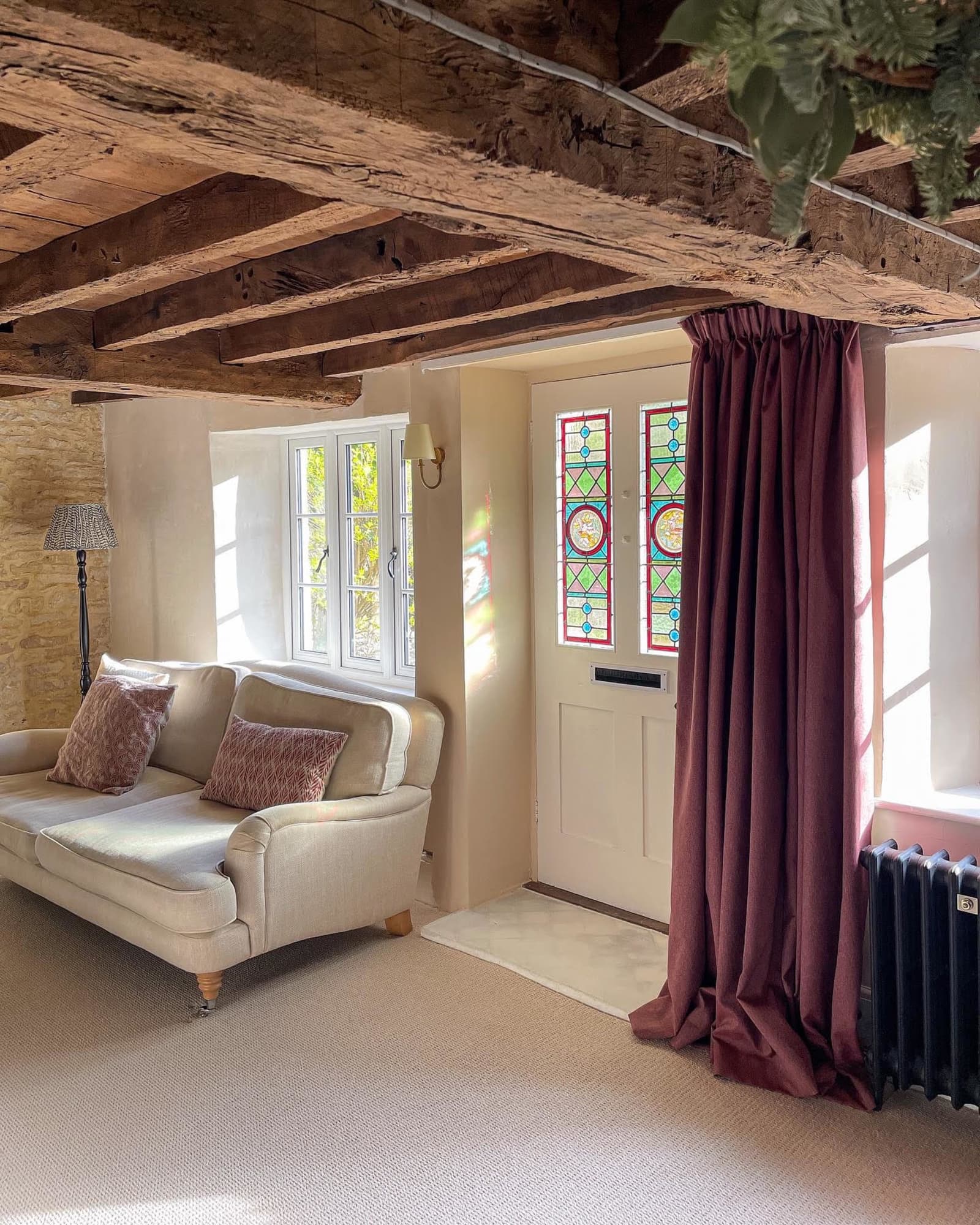


Choosing a colour scheme

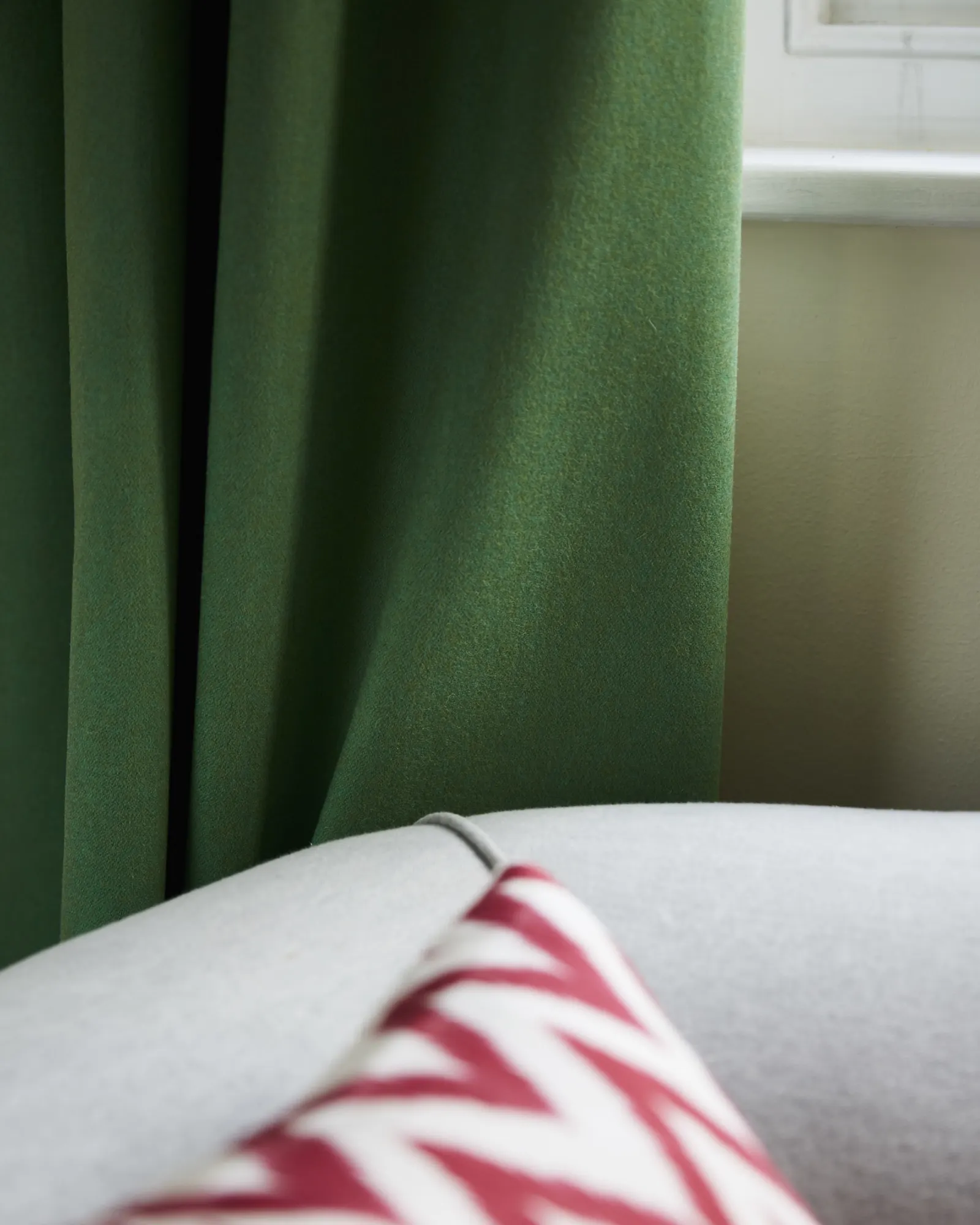

Orange
Orange in your home can represent happiness and vitality. A favourite with young children and with cheerful, fun, active adults. It was fashionable in the Art Deco period, often teamed with sharp lime green, cool blue or black.
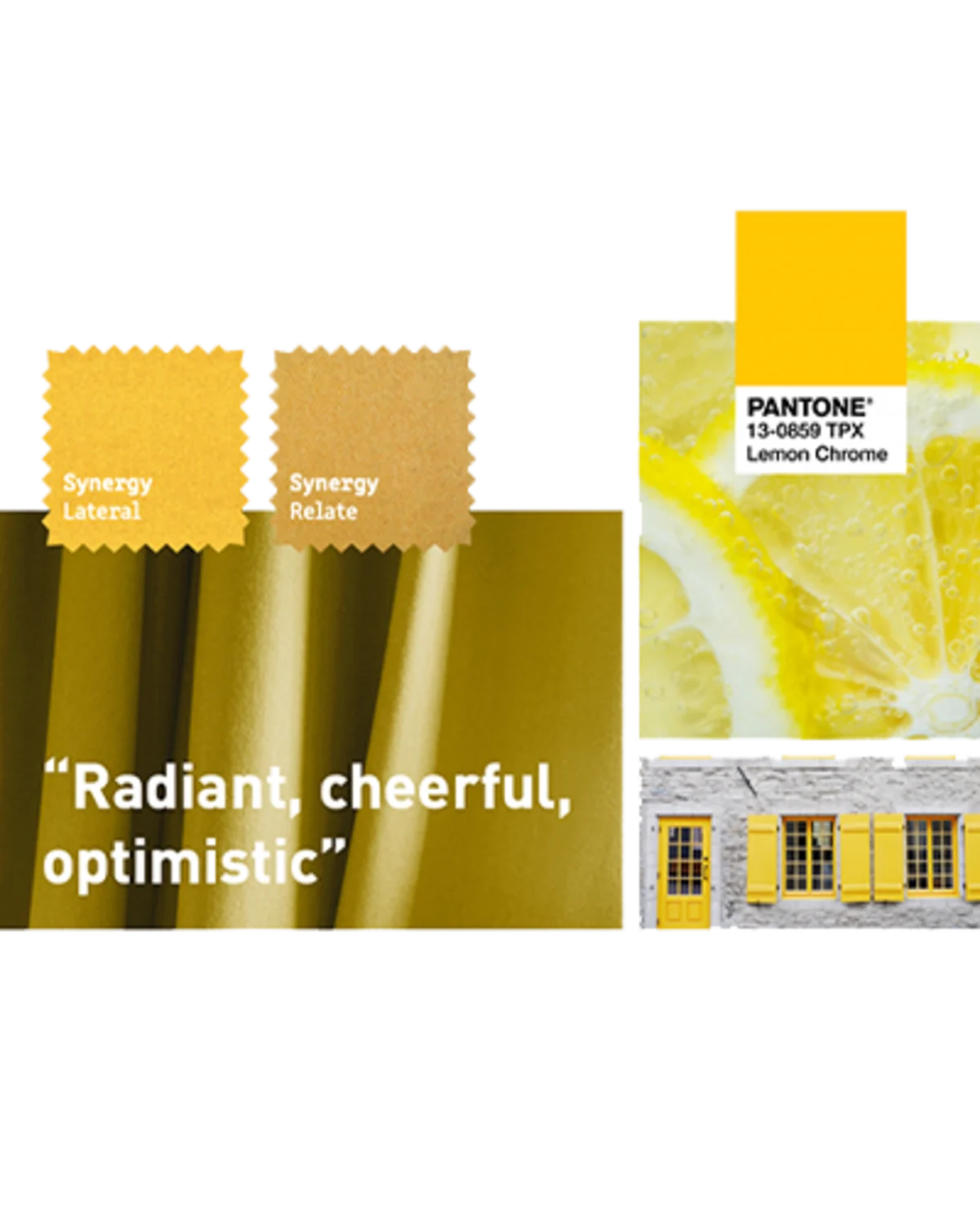
Yellow
Yellow is often associated with personal power, will and confidence. It creates a warm, welcoming, cheerful and uplifting mood.

Blue
Blue indicates a desire for order and peace. Blue has a calming effect. It’s a great colour to cool down a hot sunny room and is often used in high rise apartments connecting with the sky outside.

Red
On a cold grey day, red rooms can feel very comforting and inviting. A popular colour for dining rooms and is enhanced by the soft flicker of candlelight. In homes, red can give off a richness & and sense of luxury

Green
Green creates a balance of harmony and is thought to promote feelings of renewal. Designing with green brings the freshness of nature into a room. As in nature most shades of green work well together. Grass greens and emerald greens are powerful, especially in urban areas helping bring the outside in.

Aqua
Aqua is a combination of the serene qualities of blue and the invigorating aspects of green. Turquoise inspires us to think of crystal clear waters and escaping the city. It is a rejuvenative colour that gives us a relaxed and mellow feeling. Slightly darker, teal, is an advanced turquoise shade that can bring a cosy dynamic to your rooms.

Pink
Pink is a softer variation of red. The lighter the tone, the more delicate and feminine the effect. Soft and muted pinks are thought to be physically soothing and calming. Very strong pinks such as fuschia and magenta can be highly stimulating. Pink flatters most skin tones.

Purple
Purple communicates originality, ingenuity and visionary thinking that points us towards the future. Darker shades of plum and aubergine are more complex/ brooding. Paler purple is more delicate and cool; great for bedrooms
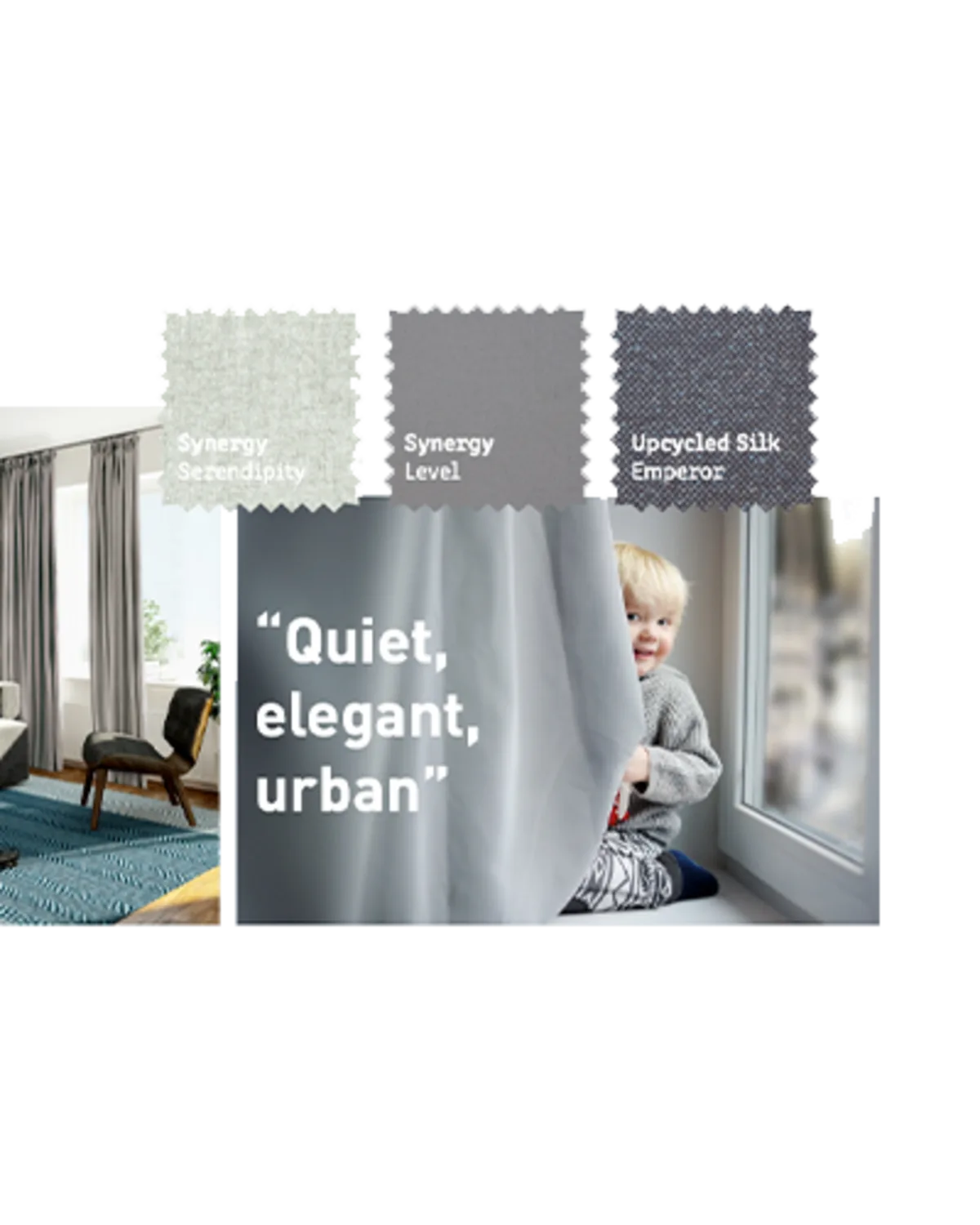
Neutrals - Grey
White, grey and black are “achromatic”, meaning they don’t strictly speaking belong to a colour group. Using a grey colour scheme can give you an opportunity to mix textures to give your room character. It can also can work effectively in rugged, masculine environments as natural materials, such as wood and stone, work with this palette.
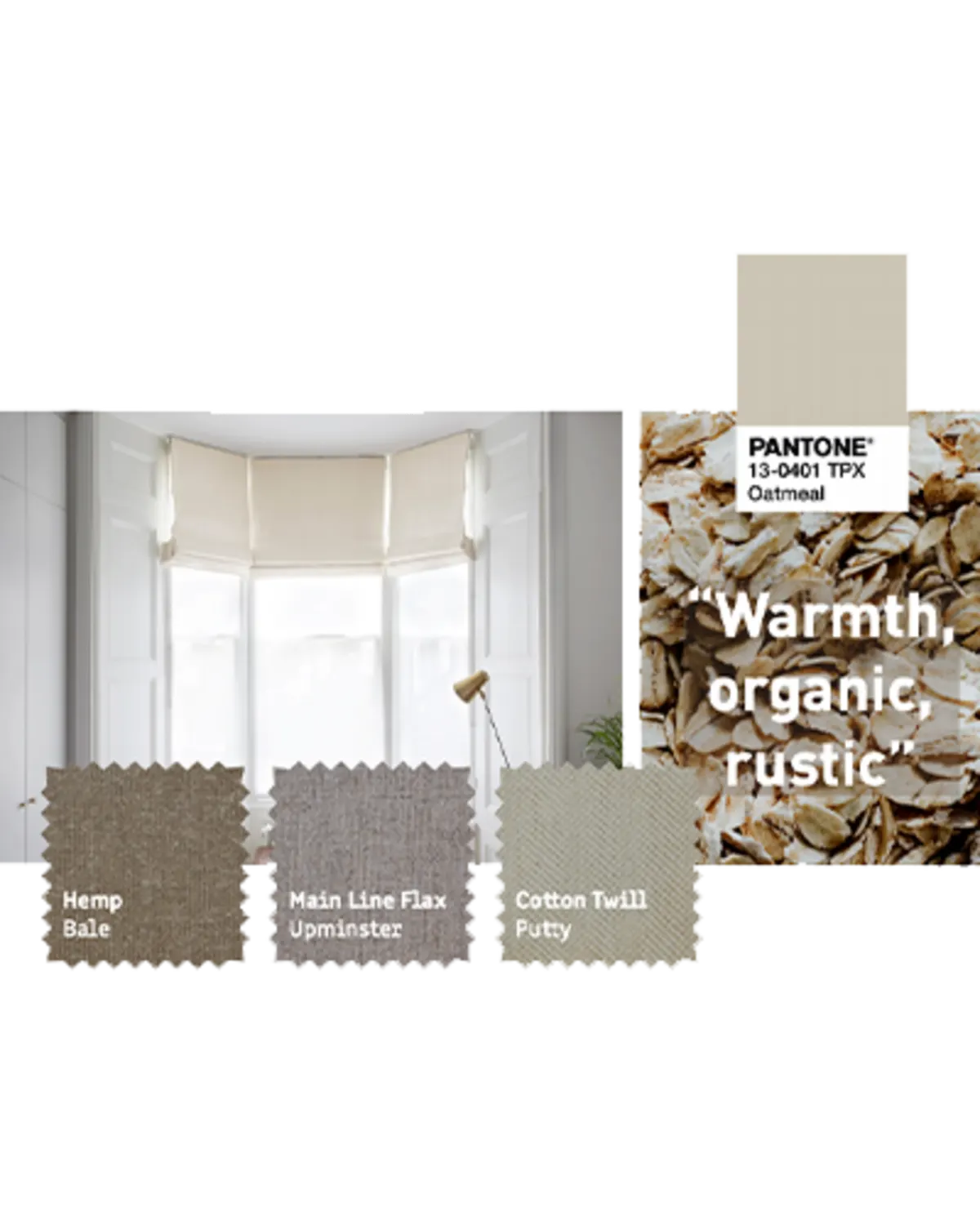
Neutrals - Warm
Also absent from the colour wheel are cream, beige and brown. These natural colours do however contain undertones of the colours on the wheel. Cream, for example, has an undertone of yellow, while browns can be reddish-brown or bluish brown. Oatmeal tones need lots of natural light to keep looking fresh. Used on their own in different tonal values and with plenty of texture, they can create rooms of understated elegance that are relaxing to live in.

Dark
If you want to add drama to a room, go dark. A refreshing break from the sunshine in the summer, it adapts in the winter to create a stunning atmosphere, particularly with candles and dimmed lights. Dark colours have an ability to infuse interiors with sophistication.
Finding your colour
Warm colours. Reds, oranges and yellows can stimulate us and have been shown to increase pulse and respiration rates. These colours relate to the physical aspects of life - - - energy, activity, intimacy… perfect for entertaining or providing a warm welcome to friends.
Cool colours. Blues, greens and violets relax us, particularly the paler tones and have been shown to decrease temperature and relax the muscles. Cooler blues and violets are connected to the more spiritual aspects of life and work well in rooms dedicated to harmony, relaxation and rest.
Intensity. Intensity of colour also has a huge impact on how we feel about a room. Strong colours make it appear exciting, whereas softer ones have a more calming effect. High colour contrasts also add interest to a home.
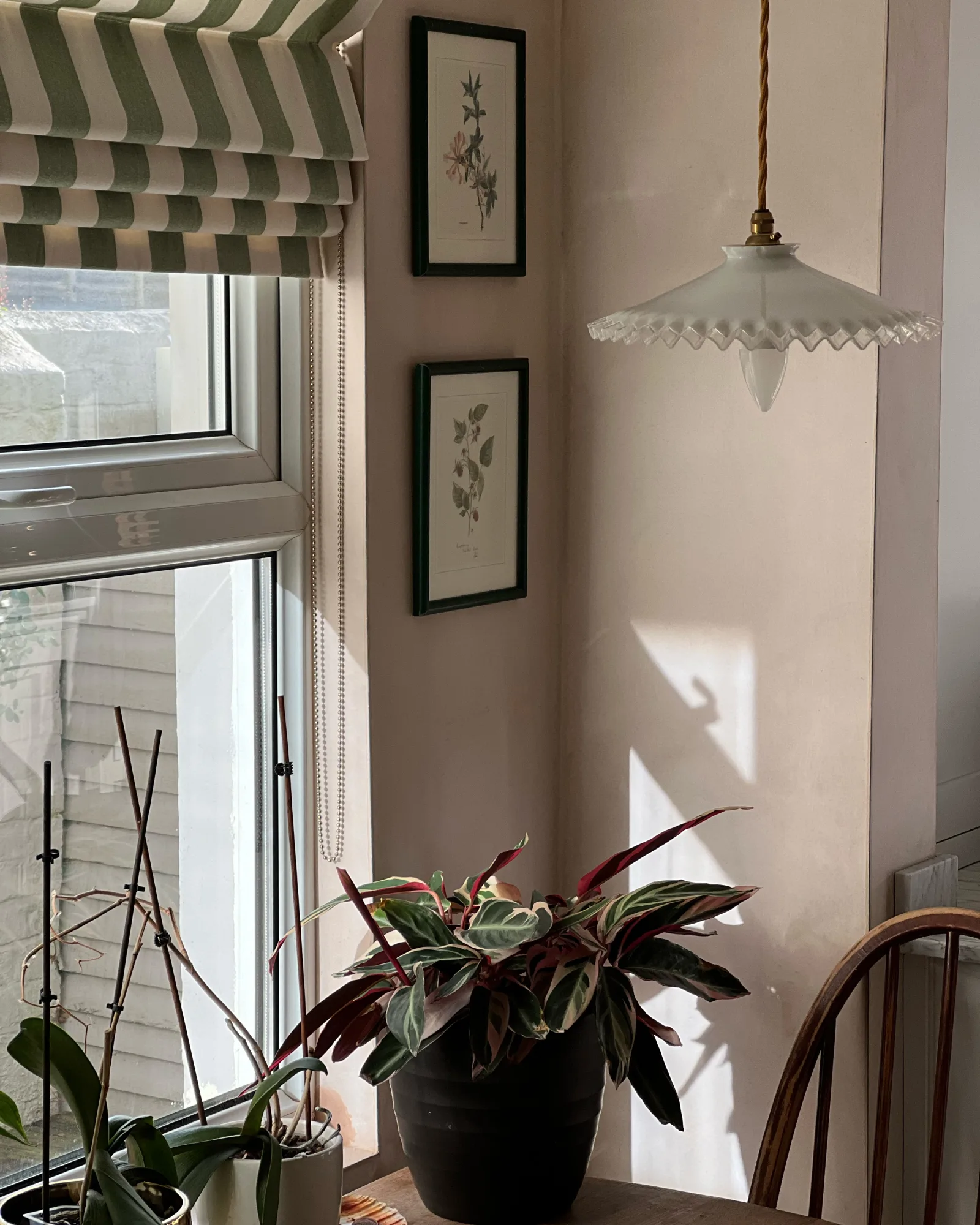

Still having trouble finding your colours?
Get in touch! One of our lovely interior experts would be happy to help...
GET IN TOUCH


